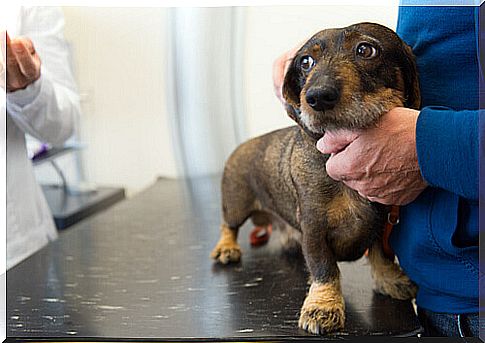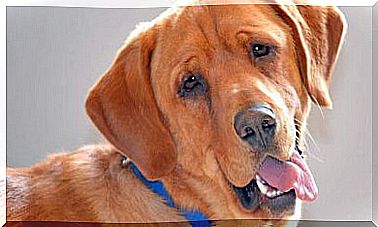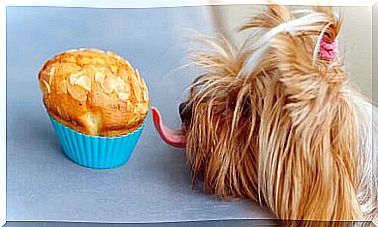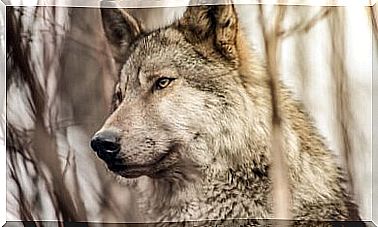How Mange Affects Dogs

Scabies is one of the most common problems that can affect our pet. At the slightest suspicion, it is important to take the animal to the veterinarian so that the appropriate evaluation and necessary treatment can be carried out.
The causes of this pathology are microscopic mites that lodge directly on the skin.
Generally speaking, mange in dogs manifests itself in two ways:
demodectic mange
The parasite responsible for producing this disease is Demodex Canis. It is a microorganism that is part of the fauna that lives on the dog’s dermis and epidermis. However, when this mite begins to reproduce in an uncontrolled way, complications appear.
Demodectic mange can manifest itself in two ways:
- Location: affecting only small areas of the skin, usually the face. Lumps appear that progressively cause hair loss in the vicinity of the lesion.
Puppies up to six months old are usually the most affected.
- In general terms: as its name indicates, this type of mange in dogs can affect any area of the animal’s epidermis.

Redness and severe inflammation of the skin, accompanied by large-scale shedding. These are the most obvious symptoms. In more severe cases, abnormal secretions and bad odor can occur from the animal’s wounds. Affects dogs of any age.
Both types are accompanied by a recurrent trait of this disease: itching. The constant itching fosters the vicious circle under which scabies perpetuates itself. The great discomfort this causes causes the animal to scratch the sensitive areas without stopping. So the wounds deepen even more and the mites spread to new areas of the skin.
Genetic and hormonal disorders are two factors that favor the unrestrained growth of these pathogens. Likewise, dogs with nutritional deficiencies are at latent risk of succumbing to this disease.
This type of scabies does not infect humans.
sarcoptic mange
Sorcoptes Scabiei is the name given to the mite responsible for spreading this disease.
Lesions manifest mainly on the edges of the ears, elbows, abdomen and chest. The itchiness that accompanies this variant of mange in dogs is even more unbearable for the animal. Recovery is long.
Unlike Demodex canis, the Sorcoptes scabiei not live regularly in the pores of the dogs. Its contagion occurs through direct contact, including through animals that do not show obvious symptoms.
To make matters worse , Sarcoptic mange is highly contagious to humans. If adequate containment measures are not taken, an entire family can quickly be affected.
Symptomatology and diagnosis
In addition to bruises and bruises, hair loss and constant itching, mange in dogs can generate the following symptoms:
- Loss of appetite.
- Inappetence implies almost immediately that the pet will lose weight and muscle mass.
- Severe depressive pictures, derived from the disease itself and the rigors of the treatment. Among other measures, affected dogs must remain isolated from the rest of their pack and/or family.
- If topical lesions are not treated properly, they will begin to produce rashes, scales, foul odor, and dryness.
To confirm the presence of mange in dogs, the veterinarian uses rigorous physical examinations. Similarly, a deep scrape over the skin (even causing bleeding) should be performed and the samples examined under a microscope.
Treatment
Treatment depends on the type and degree of development of the disease. Specialists can prescribe the application of remedies against external parasites via oral, intravenous or topical.

The important thing in all cases is to comply with the treatment without exception, until the end. This is a long process, which can take several months. And relapses are much more dangerous for the animal. As always, prevention is highly recommended.
How to prevent mange in dogs
It has been proven that there are factors beyond people’s control. But pet owners should do everything in their power. It is about minimizing the risks of contagion.
Some measures to be taken are as follows:
- Correct and balanced diet : dogs are carnivorous animals, so they require animal protein, preferably from natural sources.
- Regular Veterinary Visits.
- Strictly comply with the deworming and vaccination schedule imposed by the “bedside doctor”.
- Hygiene and cleaning.









